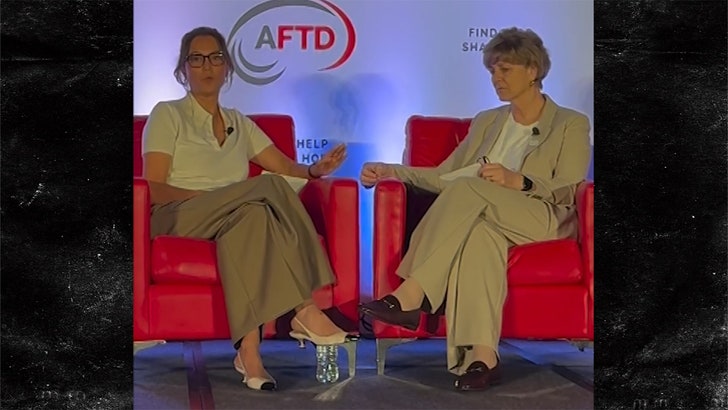

Westminster eForum policy conference: Next steps for spectrum policy and regulation in the UK
Thursday 18 January 2024 – Baroness Harding of Winscombe (“Dido”), Vice-Chair of the All-Party Parliamentary Group for Internet, Communications and Technology, chaired the conference and welcomed everybody by reminding them that spectrum is an invisible but increasingly important finite national resource that has economic, societal, and broader non-economic benefits.
As the Chairman of UK SPF, and Head of Policy and Regulation at Real Wireless, Baroness Harding invited me to deliver the opening keynote speech about the future of spectrum use and allocation – outcomes from WRC-23 and implications for the wireless communications market and policy.
The overall framework for spectrum management is set internationally through the Radio Regulations (RRs) produced by the ITU. This international treaty governs the use of radio spectrum. It is updated every four years at the WRC. I attended the most recent conference held in Dubai from 20 November – 15 December 2023 as part of the UK delegation.
WRC Outcomes and 2027 Agenda
Over four weeks a record-breaking 3,900 people from 163 countries worked hard to produce the final acts, which will be incorporated into the RRs. The three most debated outcomes were:
- 6 GHz is identified for International Mobile Telecommunications (IMT) globally and left for the administrations/local regulators to decide the usage between IMT or wireless access systems (WAS) e.g. Wi-Fi.
- Broadcasting in the UHF spectrum band is protected until 2031; This was the preferred position of the UK and Europe.
- Allocating additional spectrum for satellite services and the facilitation of new satellite applications; establishing progressive regulatory measures to harmonise with evolving satellite technologies.
WRC 23 also identified bands (below 2.7 GHz) for use by High Altitude Platform (HAP) stations as IMT base stations (HIBS), and established regulations for the operations which will help provide MBB connectivity to rural areas with minimum infrastructure. Further, the regulatory provisions and interference management mechanisms were put in place to allow Earth Stations in Motion (ESIM) on aircraft and vessels fixed with earth stations to communicate with satellites.
In addition, spectrum allocation and regulatory provisions were put in place for many other scientific services, including an additional allocation to Earth exploration satellite services (EESS) that are used, for example to monitor atmospheric conditions, such as pressure, and for space research and amateur radio.
The agenda for the WRC is set four years in advance, so at the WRC-23 we agreed on the agenda for WRC 27. It will include:
- New studies on IMT
- Technical and operational issues and regulatory provisions for space-to-space links among non-geostationary and geostationary satellites
- Possible allocations and regulatory actions on mobile-satellite service (MSS) for the future development of low-data-rate non-geostationary (NGSO) MSS
- Possible additional allocations to the MSS
- Possible new allocations to the MSS for direct connectivity between space stations and IMT user equipment to complement terrestrial IMT network coverage
- Studies on modified space research service (space-to-space) allocations
- Studies of technical and regulatory provisions necessary to protect radio astronomy (RAS) from aggregate radio frequency interference caused by NGSO systems
- Regulatory provisions for receive-only space weather sensors and their protection in the Radio Regulations
- Possible protection of the Earth exploration-satellite service (passive) and the radio astronomy service & future allocations.
Progressing national objectives
This periodic review of radio regulations at the WRC is very important. It ensures that the framework for managing the radio frequency spectrum is up to date for our ever-changing world. This approach has served the radio community well for many decades, but it is not perfect. Because the review of regulations is achieved through negotiation and consensus all parties must compromise. So, it is difficult to influence significantly.
The big agenda items like mobile, satellite and broadcasting systems need global discussions, so, for many decades, these discussions have dominated the spectrum agenda at the WRC and will continue to do so as global and regional agreements are key to achieving economies of scale.
But we should also look beyond that. We shouldn’t limit ourselves. With like-minded countries, we should try to progress national objectives. The 3.8 to 4.2 GHz band is a good example of where the UK took a leading role, and now the whole of Europe is looking at it. We must find niche opportunities to play to our strengths. Industry trends might give some clues. Private mobile networks have a much greater presence than has been seen previously. Also, we should give more voice to nationally important applications like energy and utilities, currently, there is not much presence at WRC, but we need to ensure economies of scale.
This is where Real Wireless can help. We have been working very closely with spectrum stakeholders for over a decade and helped to solve these problems and assist with the development of their spectrum strategies. Get in touch if you would like to know more.














